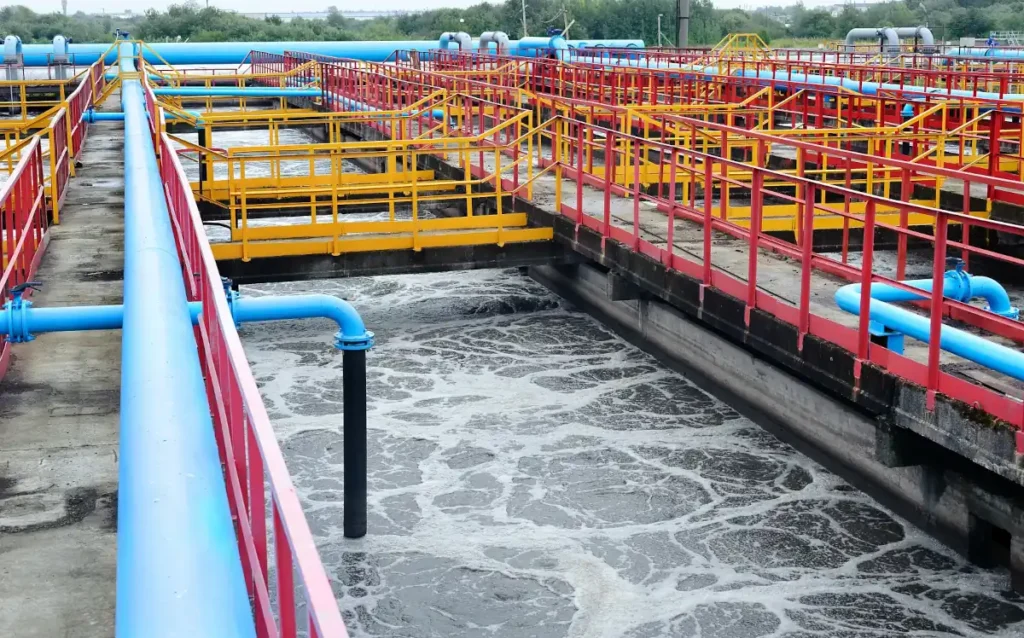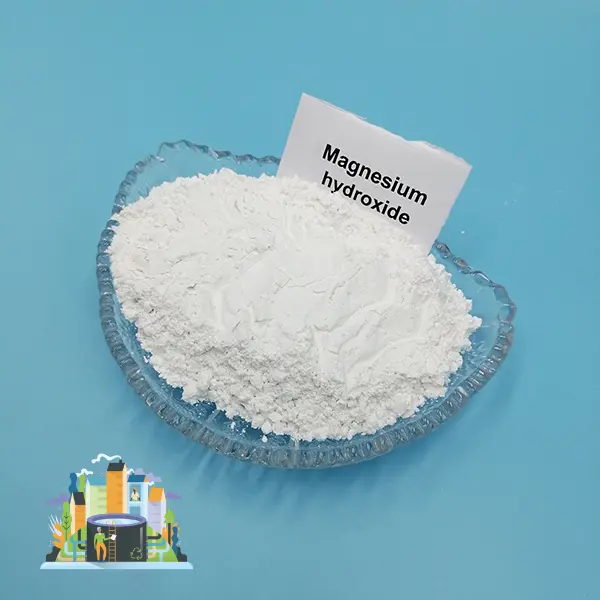Magnesium hydroxide (Mg(OH)2) is an adsorbent widely used for decolorization of printing and dyeing wastewater.
Its advantages include:
Strong adsorption capacity:
Magnesium hydroxide has a porous structure and high surface area, which can effectively absorb dyes and impurities in printing and dyeing wastewater.
Good regeneration:
Magnesium hydroxide can be regenerated through acid treatment, allowing it to be reused and reducing operating costs.
Easy to operate:
The decolorization process of magnesium hydroxide is simple and easy, usually just adding the magnesium hydroxide suspension to the wastewater and stirring.
Specific application methods:

Adjust the pH value: Adjust the pH value of the wastewater to 9-11, which is the optimal pH range for magnesium hydroxide flocculation decolorization.
Adding magnesium hydroxide: Add an appropriate amount of magnesium hydroxide suspension to the wastewater. The required dosage depends on the nature and concentration of the wastewater.
Stirring and flocculation: Stir the wastewater and magnesium hydroxide mixture thoroughly to promote flocculation.
Sedimentation and filtration: Let the flocculated wastewater stand to allow the flocs to settle. The sediment is then filtered to remove the magnesium hydroxide that has adsorbed the dye.
Decolorization efficiency:
The decolorization efficiency of magnesium hydroxide in printing and dyeing wastewater can reach 50-90%. Decolorization efficiency is affected by the following factors:
Wastewater pH
Magnesium hydroxide dosage
Stirring and flocculation time
Wastewater dye type and concentration
shortcoming:
Will increase the alkalinity of wastewater
Sludge is produced and needs to be properly disposed of
May not decolorize certain types of dyes well
Overall, magnesium hydroxide is an effective decolorizing agent for printing and dyeing wastewater, with strong adsorption capacity and easy regeneration.

